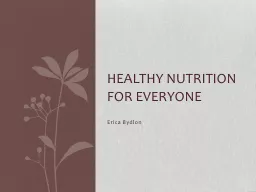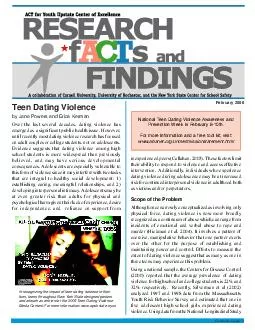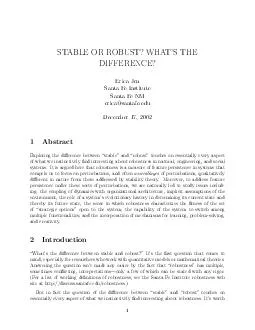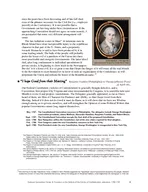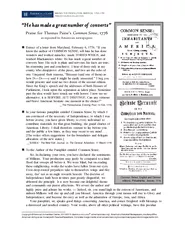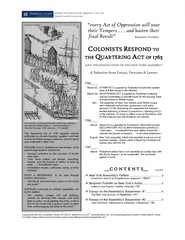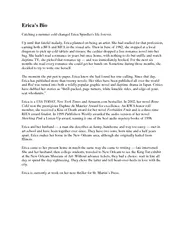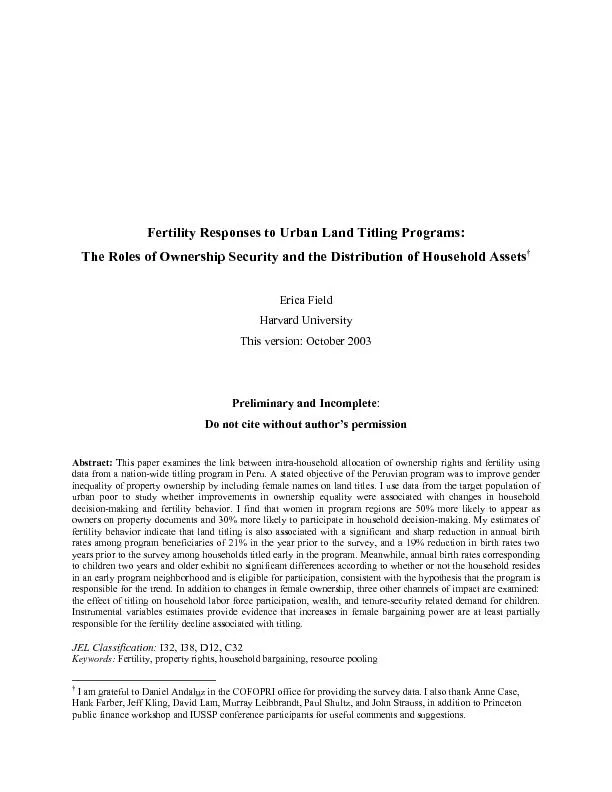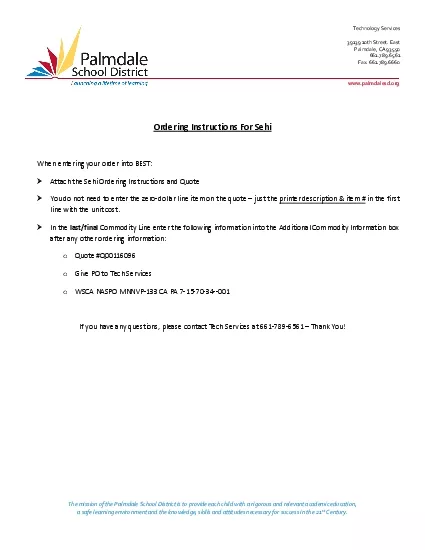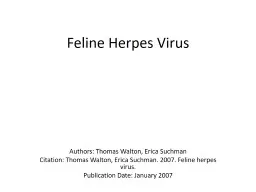PPT-Erica Bydlon
Author : tawny-fly | Published Date : 2016-06-10
Healthy nutrition for everyone Lets start with the basics Fruit The sweet and fleshy product of a tree or other plant that contains seed and can be eaten as food
Presentation Embed Code
Download Presentation
Download Presentation The PPT/PDF document "Erica Bydlon" is the property of its rightful owner. Permission is granted to download and print the materials on this website for personal, non-commercial use only, and to display it on your personal computer provided you do not modify the materials and that you retain all copyright notices contained in the materials. By downloading content from our website, you accept the terms of this agreement.
Erica Bydlon: Transcript
Download Rules Of Document
"Erica Bydlon"The content belongs to its owner. You may download and print it for personal use, without modification, and keep all copyright notices. By downloading, you agree to these terms.
Related Documents

